|
Vauxhall Cross Transport Interchange, London
Story and photos © Mike Slocombe, Apr 2006
It was a long time coming, with construction starting way back in 1999 and the project beset with delays, but Vauxhall can now boast its very own space-age 'Transport Interchange.'
During its lengthy building process, wags on the urban75 bulletin boards passed comment on the unusual structure as it slowly - very slowly - rose out of the traffic chaos around Vauxhall.
One poster suggested it looked like a "ramp to launch a gigantic rocket that will save a select few when our world collides with another next year", while another was convinced that it looked like "the foundations of a rollercoster."
"Have they managed to get any snow on the ski-ramp yet?" asked one poster while another pondered "the really important question - is it any good to skate?"
The year-long delay and the resultant building chaos made the site a des res for local junkies who made use of the mass of available nooks and crannies for shooting up and discarding needles.
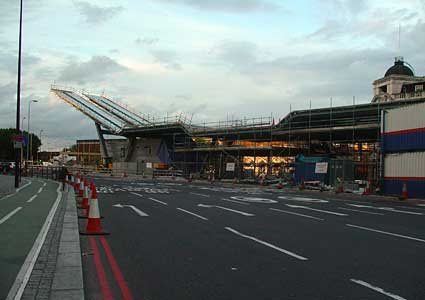
July 2004 view
Half-heartedly opening for buses on Saturday 4 December, 2004, the new interchange is now the second busiest bus station in London (after Victoria) with stats on TFL's site claiming that it is used by 2,000 buses (40% increase; 168 buses per hour in morning peak), 712 Underground services, 730 Rail services and 45,000 commuters
The structure is dominated by a striking metal 'fork' sticking out into the sky which is covered in photovoltaic solar panels.
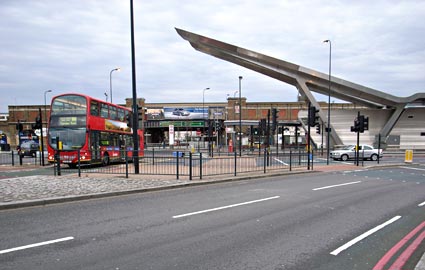
April 2006
These capture enough solar energy to provide a third of the 24-hour bus station's energy demand.

The initial reaction from urban75 posters was mixed: "looks quite piddly. Can't understand how it took so long to build something so insignificant. The offices look like some sort of portacabin," said one, while another was more enthusiastic, "it's pretty good there. Feels much safer. Lots of bright lights. And less likelihood of tripping up in the middle of the road running for the bus."
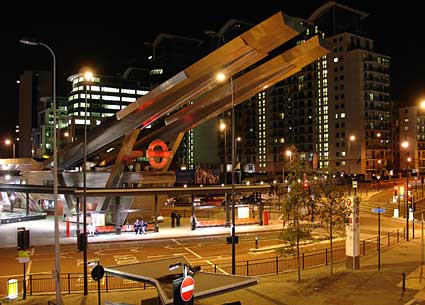
October 2005. Vauxhall Cross Transport Interchange at night (taken from pedestrian bridge)
With construction costs believed to be over £3 million, TFL justified the cost by trumpeting the benefits to "residents, passengers and road users", on their website, listing:
* easier access to, and change between bus, Tube and rail
* improved bus services
* greater provision for cyclists - cycle lanes and storage racks
* better traffic flow - improved road layout, with new traffic light system
* additional security - increased CCTV coverage and monitoring; and improved lighting
* improved landscaping- restoration of public archways, including display of community artwork; new street furniture; and extensive tree planting
* additional facilities - taxi ranks; new public telephones and toilets, sheltered waiting areas.
The project aims to be a "catalyst for regeneration in the area" and only time will see if it's successful in those aims.
I can't say I'd want to live anywhere near the almighty traffic jam that is Vauxhall Cross, but there's no denying that anyone passing by won't forget the bonkers mutant ski-slope in a hurry.
Truth is, I didn't like the look of the place at all, but after passing it all lit up at night, I've grown to like its eccentric sci-fi lines.

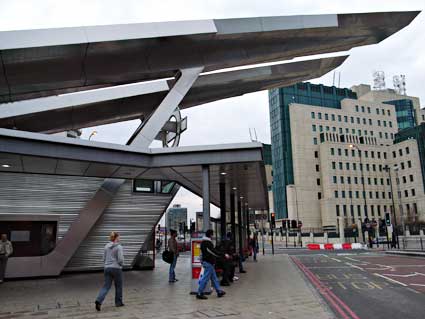
April 2006
Russian Connection
Incidentally, there's a curious Russian connection at Vauxhall (and I'm not talking about the nearby MI6 building.)
It's all a bit speculative of course, but the story goes that a visiting Russian delegation came to Vauxhall to inspect the construction of the London and South Western Railway in 1840.
When told the name of the station, they assumed that it was the generic name for all stations, which supposedly explains why the Russian word for large railway stations is Boksan, which translates into Vokzal - pronounced just like Vauxhall.
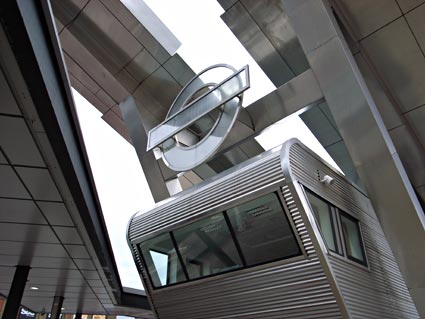
April 2006
A slightly less flamboyant tale suggests that the name came about after a Russian railway running from St Petersburg to extensive Pleasure Gardens at Pavlovsk was named Vokzal in homage to the famous Vauxhall Pleasure Gardens.
The name later began to be applied to all large Russian stations and hence the word entered their language.

AUGUST 2007 UPDATES
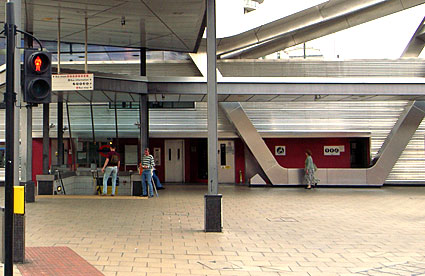
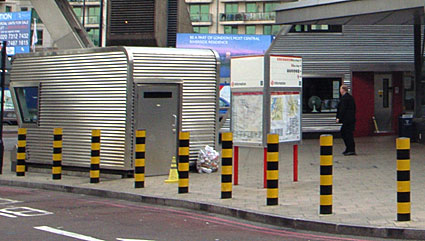
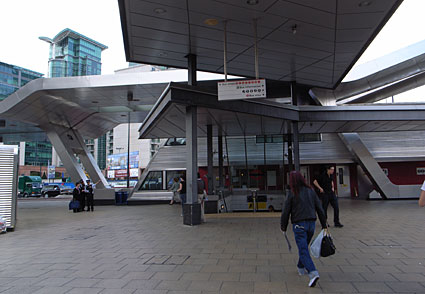

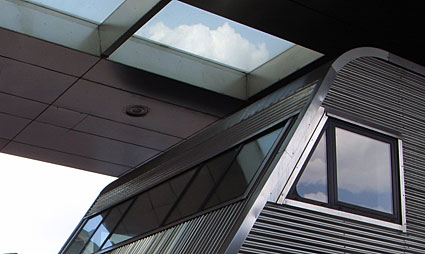
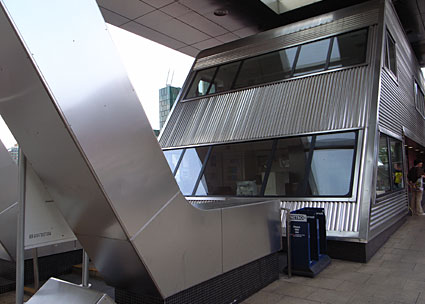
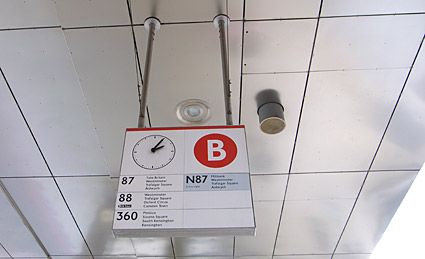
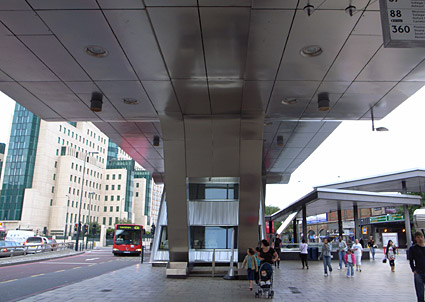

JANUARY 2008 UPDATES
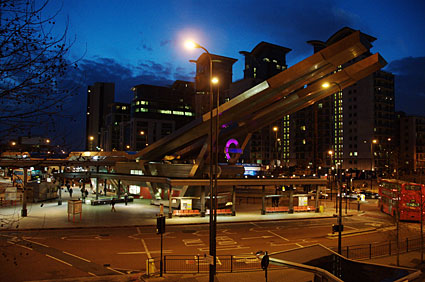
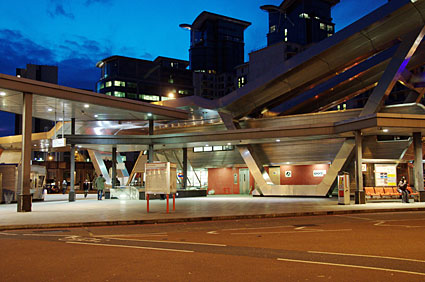
|